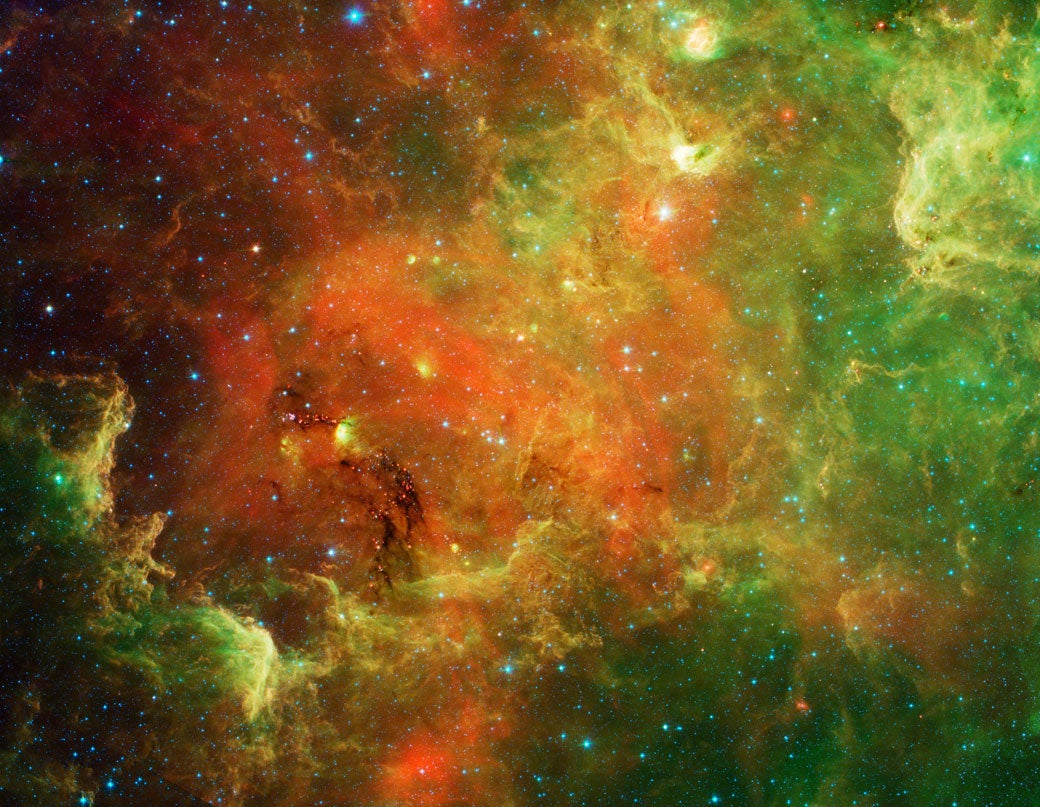The Independent's journalism is supported by our readers. When you purchase through links on our site, we may earn commission.
Physicists discover 'clearest evidence yet' that the Universe is a hologram
Latest calculations chime with 1997 theory that reality is only perceived as 3D and is actually a 2D projection on the boundary of the universe

A team of physicists have provided what has been described by the journal Nature as the “clearest evidence yet” that our universe is a hologram.
The new research could help reconcile one of modern physics' most enduring problems : the apparent inconsistencies between the different models of the universe as explained by quantum physics and Einstein’s theory of gravity.
The two new scientific papers are the culmination of years’ work led by Yoshifumi Hyakutake of Ibaraki University in Japan, and deal with hypothetical calculations of the energies of black holes in different universes.
The idea of the universe existing as a ‘hologram’ doesn’t refer to a Matrix-like illusion, but the theory that the three dimensions we perceive are actually just “painted” onto the cosmological horizon - the boundary of the known universe.
If this sounds paradoxical, try to imagine a holographic picture that changes as you move it. Although the picture is two dimensional, observing it from different locations creates the illusion that it is 3D.
This model of the universe helps explain some inconsistencies between general relativity (Einstein’s theory) and quantum physics. Although Einstein’s work underpins much of modern physics, at certain extremes (such as in the middle of a black hole) the principles he outlined break down and the laws of quantum physics take over.
The traditional method of reconciling these two models has come from the 1997 work of theoretical physicist Juan Maldacena, whose ideas built upon string theory. This is one of the most well respected ‘theories of everything’ (Stephen Hawking is a fan) and it posits that one-dimensional vibrating objects known as 'strings' are the elementary particles of the universe.
Maldacena has welcomed the new research by Hyakutake and his team, telling the journal Nature that the findings are “an interesting way to test many ideas in quantum gravity and string theory.”
Leonard Susskind, a theoretical physicist regarded as one of the fathers of string theory, added that the work by the Japanese team “numerically confirmed, perhaps for the first time, something we were fairly sure had to be true, but was still a conjecture.”
For more information on this research, click here to read the original release.
Join our commenting forum
Join thought-provoking conversations, follow other Independent readers and see their replies
Comments